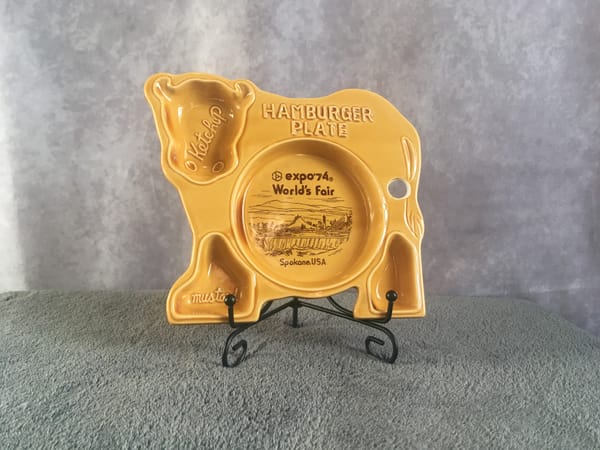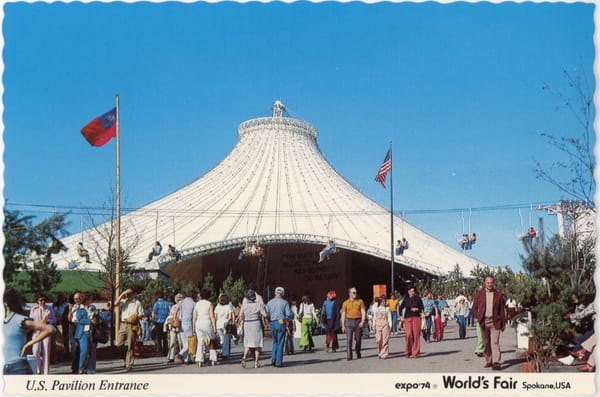June 8-June 14: Buffalo stew, heatstroke, and banned Czechoslovakian cinema.
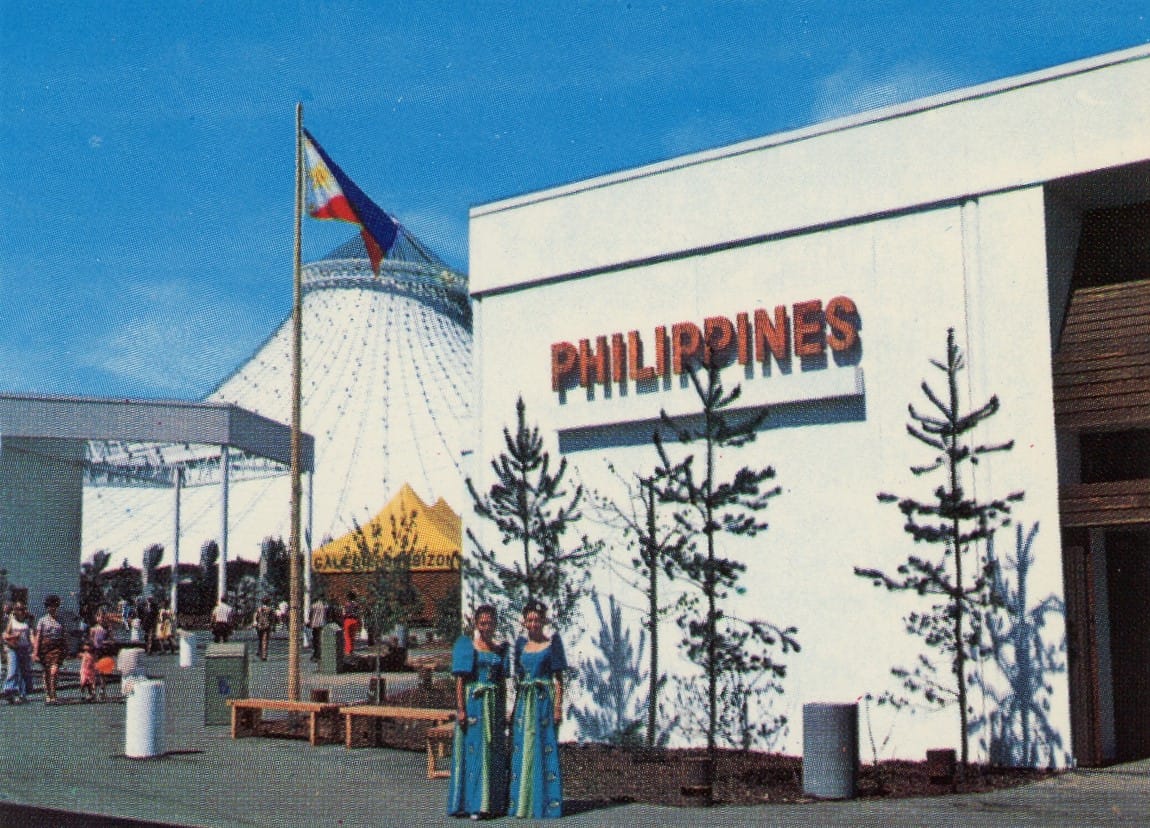
The Folklife Festival theme this week was "Ranching," which was an easy lay-up for plenty of people in this area.(1) Skills on display included hemp braiding, sheep-shearing, a demonstration of muzzle-loading rifles, someone making cowboy boots with pegs instead of nails, a blacksmith shoeing horses, someone making branding irons, and a demonstration of how to card, dye, and spin wool. The cuisine of the week was buffalo stew, sourdough biscuits, and apple butter.
The sheep sheared at Folklife were probably very happy to shed their wool coats, because it was a warm week at Expo - the first notably warm one that the fair had experienced. With temperatures in the mid-to-high eighties, the first aid station was treating sunburns and other heat-related problems.(2) Pavilions at Expo offered some cooling, but they were not fully air-conditioned down to a crispy 72 degrees or anywhere close. Given the constant flow of visitors and the large square footage of some pavilions, plus the open-air design design of others like the U.S. pavilion, the power requirements would have been apparently "phenomenal," and probably not appropriate for an environmentally-themed fair.(3)
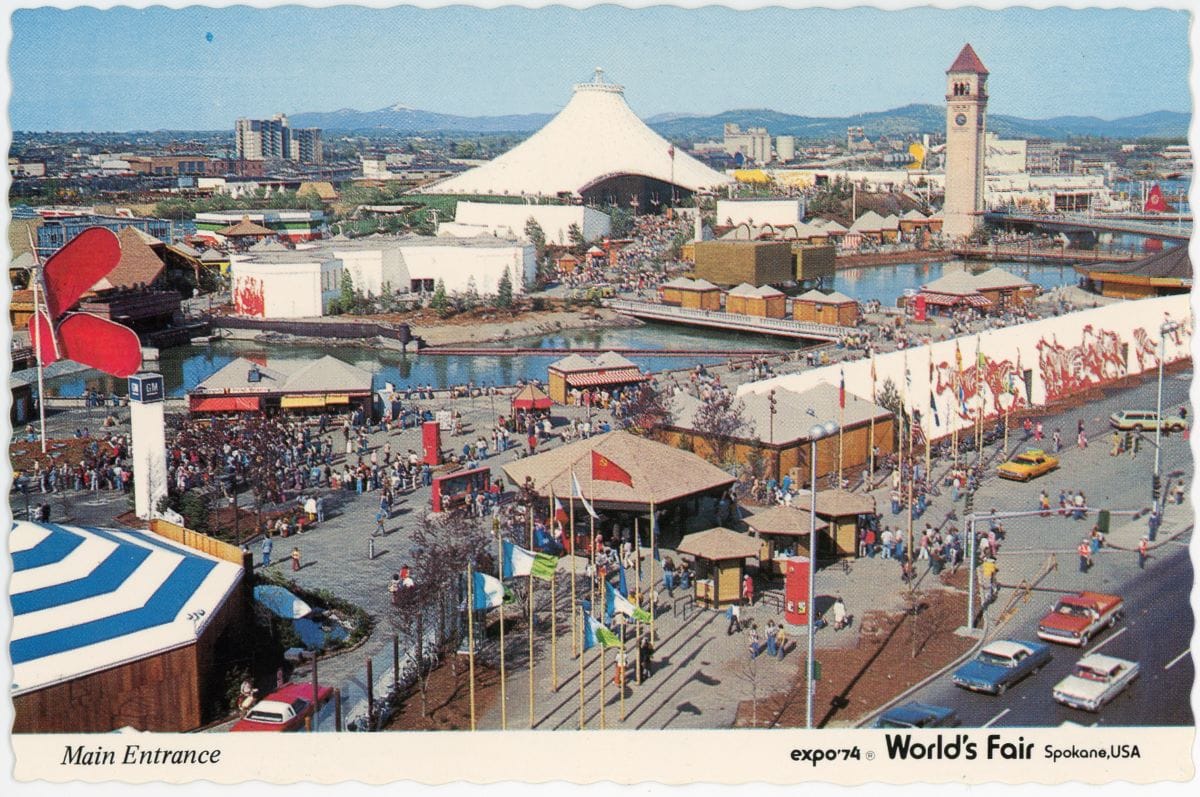
Next door at Native Americans' Earth, the Umatillas and Piegans were the feature of the week, showing off their drumming, dancing, and songs.(4). NAE's director, Sonny Tuttle, was quoted this week as saying, "We were told last week by (Expo general manager) Petr Spurney that the Indian pavilion is running second in interest to the Russian pavilion. We have had people from all over the world visit our area taking pictures and talking to people."
I missed that there was another Expo wedding last week - the newspaper articles came out later, but their marriage certificate says June 3rd. The couple, both from Idaho, were married by a judge at Inspiration Point. When the groom snagged a random passerby to be their witness, the judge informed him that his last-minute pick was actually Spokane City Councilman Jack Winston. The groom replied, "Well, that ought to make it doubly official."(5)
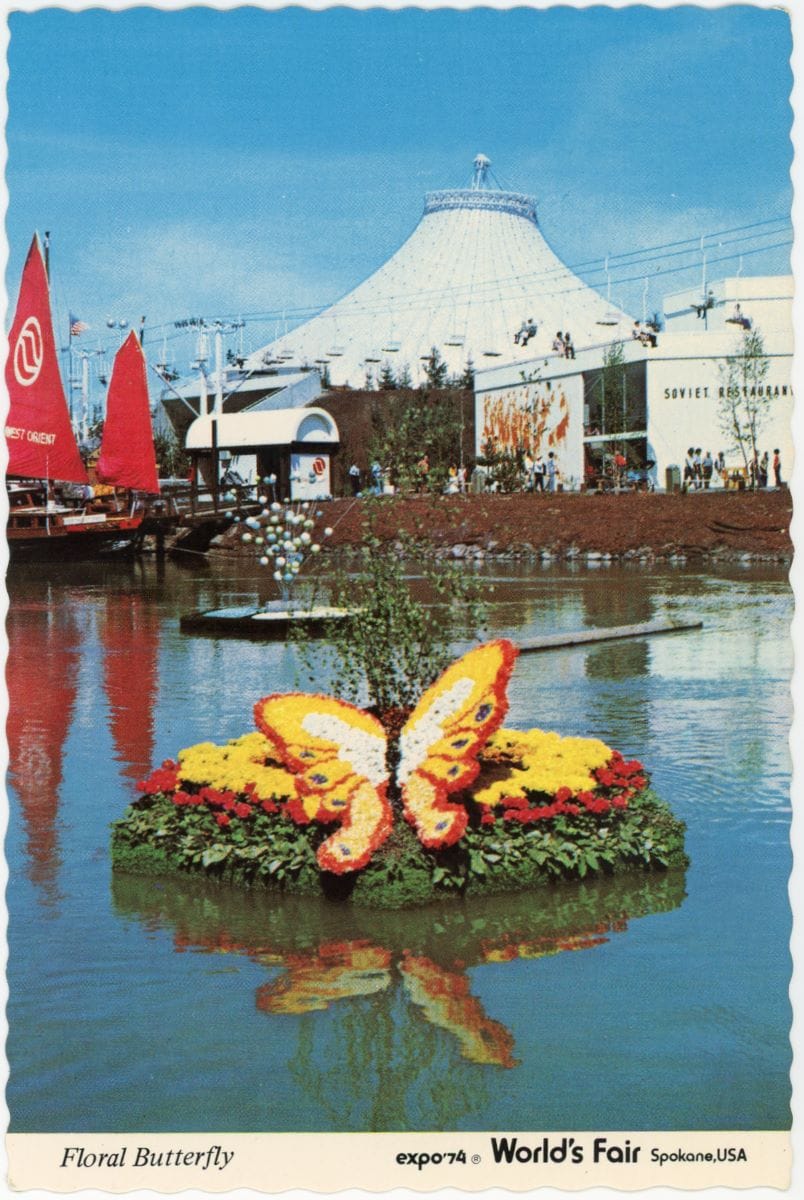
Saturday, June 8th, 1974 was the official day of celebration for the state of North Dakota.(6) The governor and first lady of North Dakota were in town for the ceremony, and brought a buffalo as a gift for Spokane.( This buffalo was not involved in the buffalo stew being offered at Folklife, and was instead headed for the Walk In The Wild zoo.)
Sunday, June 9th, 1974 was American Samoa Day at Expo. Guests of honor included Governor John Haydn, a former Washingtonian, and the American Samoa Council Arts Choir.(7) Performances included six-part harmonic singing, a knife dance, and a stick dance.
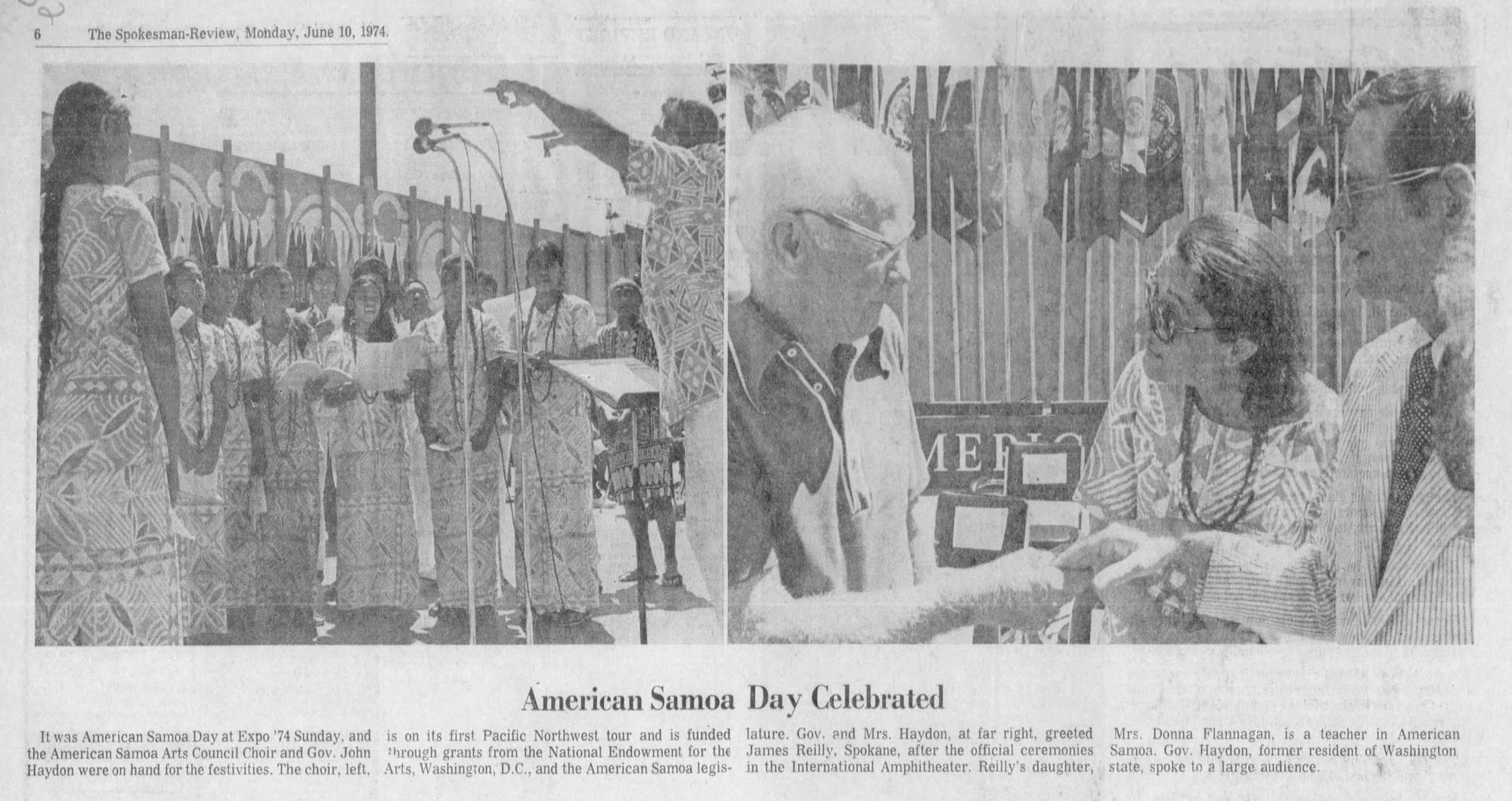
Sunday was also the opening day for the new and improved Idaho exhibit. It now featured such attractions as a 13-foot-tall memorial to the miners killed in the Sunshine Mine disaster, a mining exhibit featuring garnets from St. Maries, a slide show, and a 1,100 ounce bar of pure silver. Good pivot, Idaho!(7)
"Expo Today" from this day also notes that an Arizona Tourist Center has opened right across the street from Expo, but not on the official fairgrounds. "Perhaps the rent was cheaper?"(7)
On Monday, June 10th, 1974, a group of young men from Cheney attempted to raft their way downriver to Expo from a starting point at Upriver Dam.(8) The raft sank about ninety minutes later and the passengers swam safely to shore. Reports do not state whether they eventually made it to the fair.
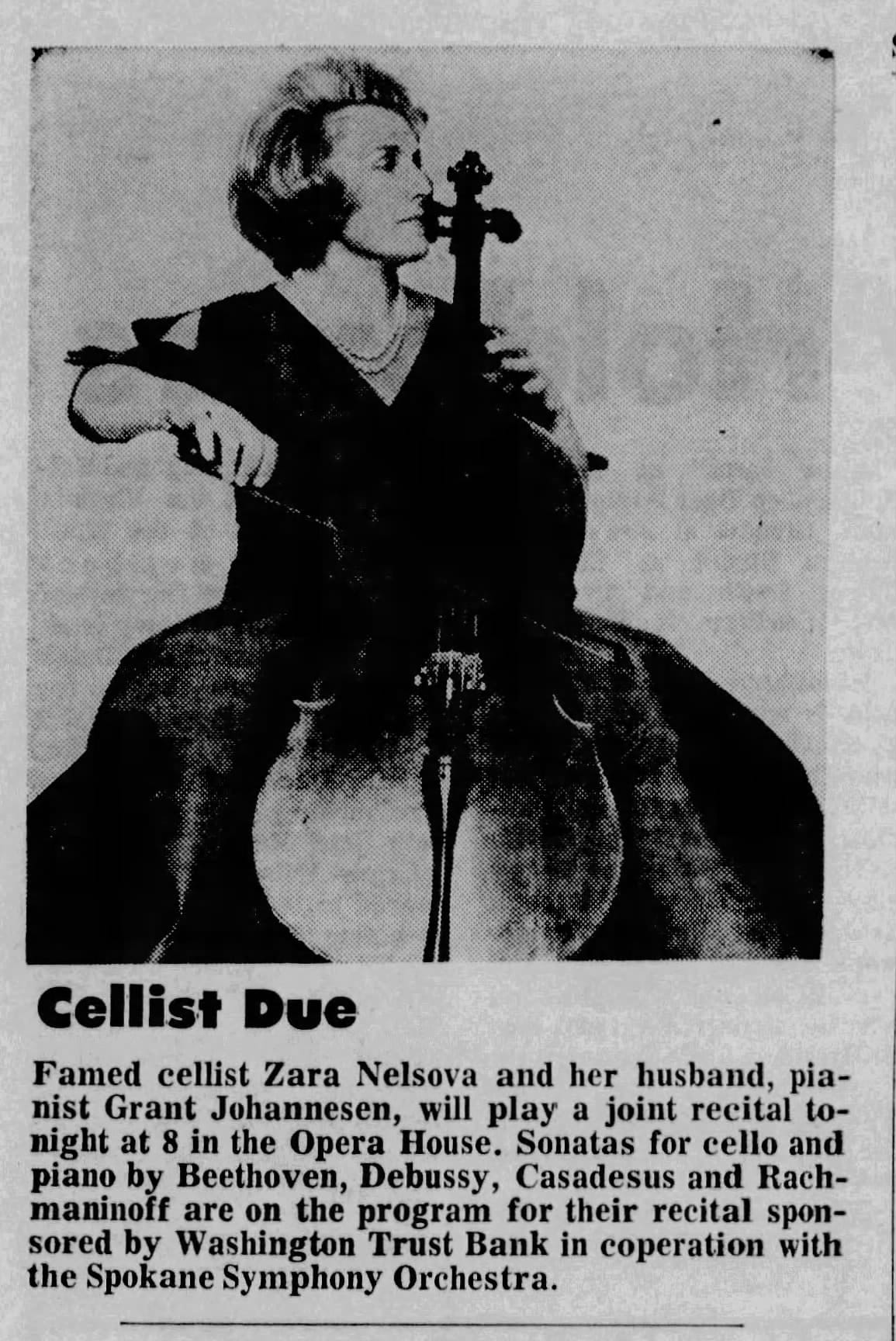
Tuesday, June 11th, 1974 saw the arrival of five intrepid bicyclists who had pedaled their way to Expo all the way from Vashon Island.(9) The party had left home on Thursday afternoon and rode through Stevens Pass on its way here. The group consisted of Ray Aspiri, his two teenage sons, and two of their friends. They planned to ride back to the coast starting on Friday.
On Wednesday, June 12th, 1974, the Spokesman-Review published a stern warning from Expo's director of admissions, Joseph B. Scholnick: it doesn't work to rip off Expo '74.(10) Specifically, Scholnick wanted to warn the public that loaning your season pass to somebody else was a good way to get it confiscated. He noted that most of the passes that had been confiscated this way were from youths.
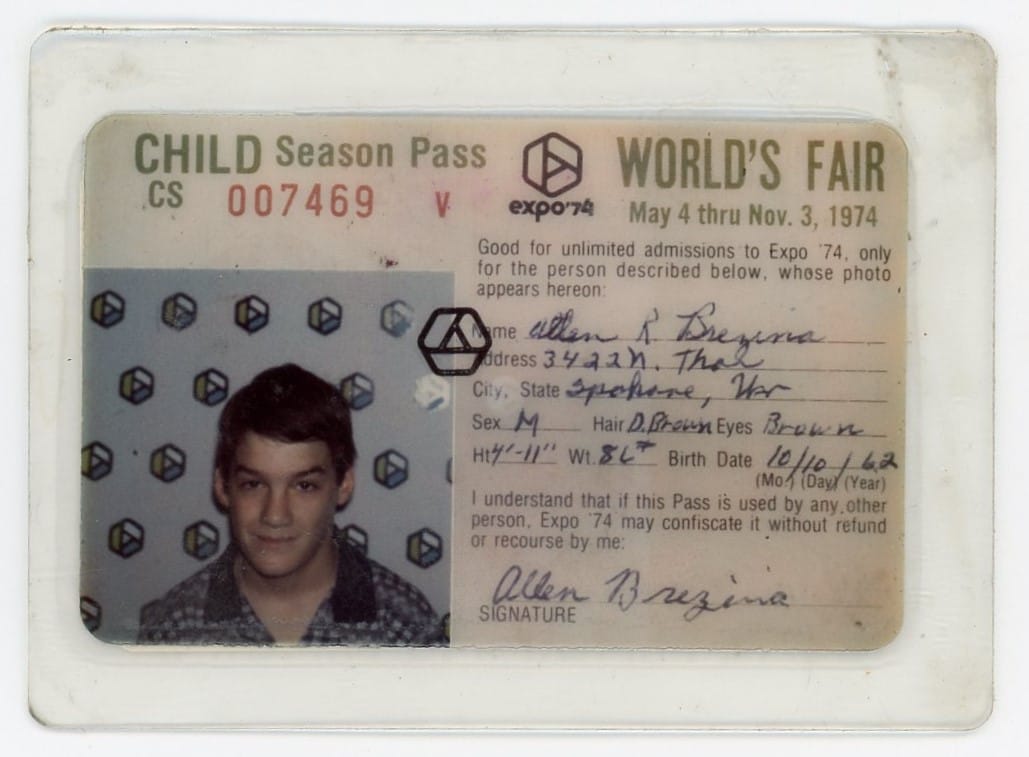
Thursday, June 13th, 1974 celebrated the town of Trail, British Columbia.(11) The people of Trail had shown up to take full advantage of this honor, bringing a total of 270 residents to the fair at once, including members of eleven different musical groups.(12) Given that the population of Trail in 1976 (the earliest year I could find data) was only 9,980, that is quite a turn-out.
Thursday also saw the kickoff of the First International Trade and Development Conference, sponsored by the United Nations Economic Commission for Asia and the Far East.(13) In the "Old Mill" (the Flour Mill), the "Indian Market Place" opened, featuring 36 booths.(14) Philippines Independence Day was celebrated with a parade, thanksgiving mass, and a fashion show.(15) Mrs. Fortuna Marcos Barba, sister of President Ferdinand E. Marcos, was in attendance. Finally, Folklife hosted nine champion-level livestock auctioneers, who demonstrated their talents in a mock sheep auction.(16) Every week, I become more convinced that we should bring back Folklife for at least a limited run in the summertime.
Friday, June 14th, 1974 was sort of a quiet day, so I'll use the space to highlight something that was happening every day at the fair. One of the more avant-garde film options at Expo ‘74 was “Kino-Automat Decision Cinema,” an interactive film that had debuted to great acclaim at the Montreal Expo in ‘67. The film was written and directed by Radúz Činčera and starred Miroslav Horníček and had been dubbed into English for international audiences. The English version of the film was sometimes billed in Expo ‘74 materials as “A Man And His House,” but most sources simply refer to it as Kino-Automat (sometimes given as “Kinoautomat” or “Kino-automat”). It was screened in a special theater within the Washington State Pavilion.
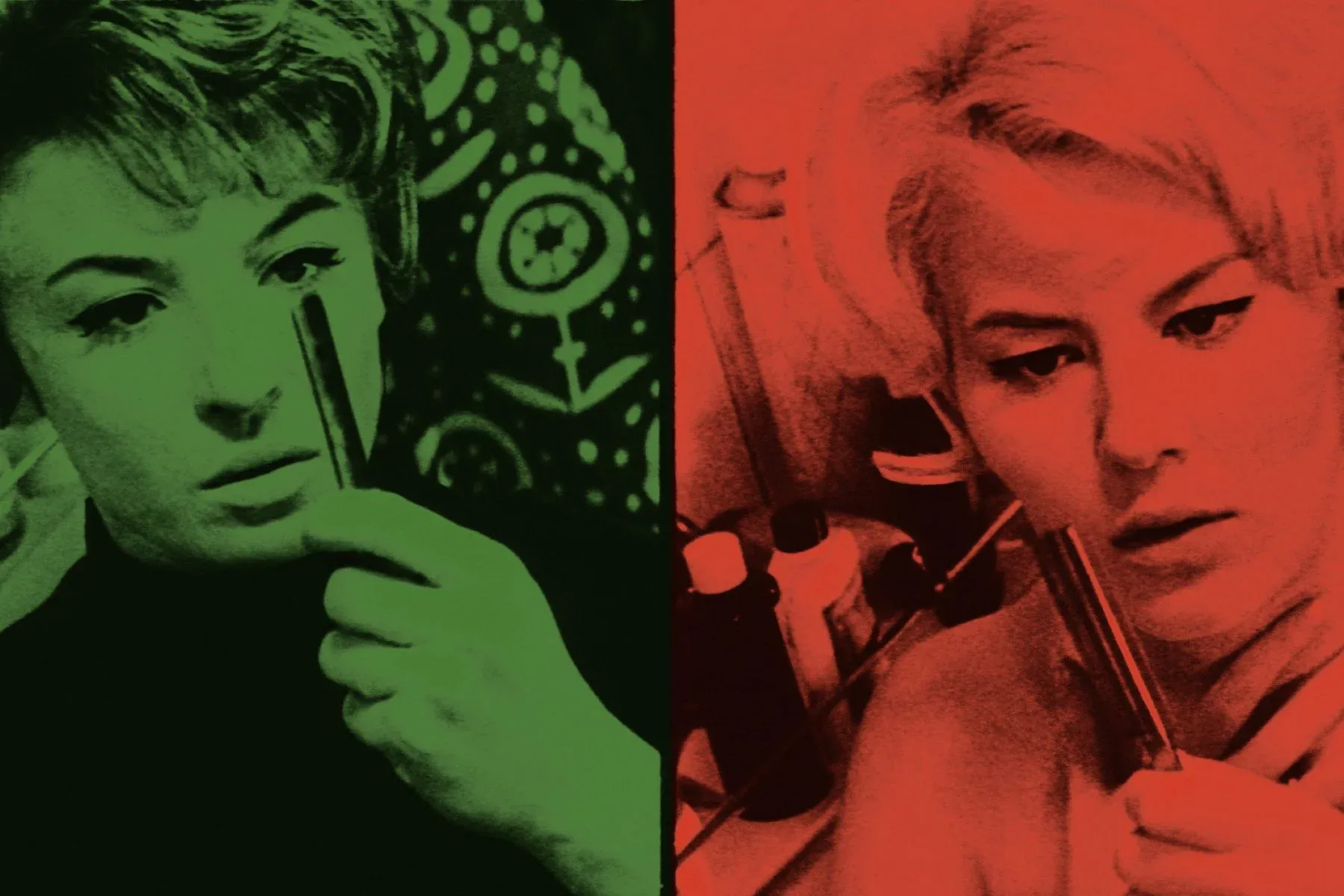
The film followed the story of Petr Novák, an “everyman” character. It opens with a scene of Petr’s apartment in flames, then flashes back to earlier in the day. At nine crucial points in the story, the film would pause and a live moderator would come out to address the audience, asking them to use the red and green buttons on their theater seats to choose Petr’s next move. For instance, at one point a woman wrapped in a towel knocks on Petr’s door, asking for help because she is locked out of her apartment. Knowing that Petr’s wife is about to come home, the audience can vote to have Petr let her in, or can vote to deny her entry. Behind the scenes, a projectionist switched between two different film projectors with different versions of the film to reflect the audience’s decision. The live moderators at Expo ‘74 were two young women who had recently graduated from the Fort Wright College’s drama department, Carlotta Schoch and Patt Blem.(17)
What some audience members may not have realized is that the apartment fire shown at the beginning of the film was unavoidable regardless of the choices made by the audience. This was part of Činčera’s vision and has been interpreted as a satire of democracy, a satire of determinism, or a statement on the futility of choice.
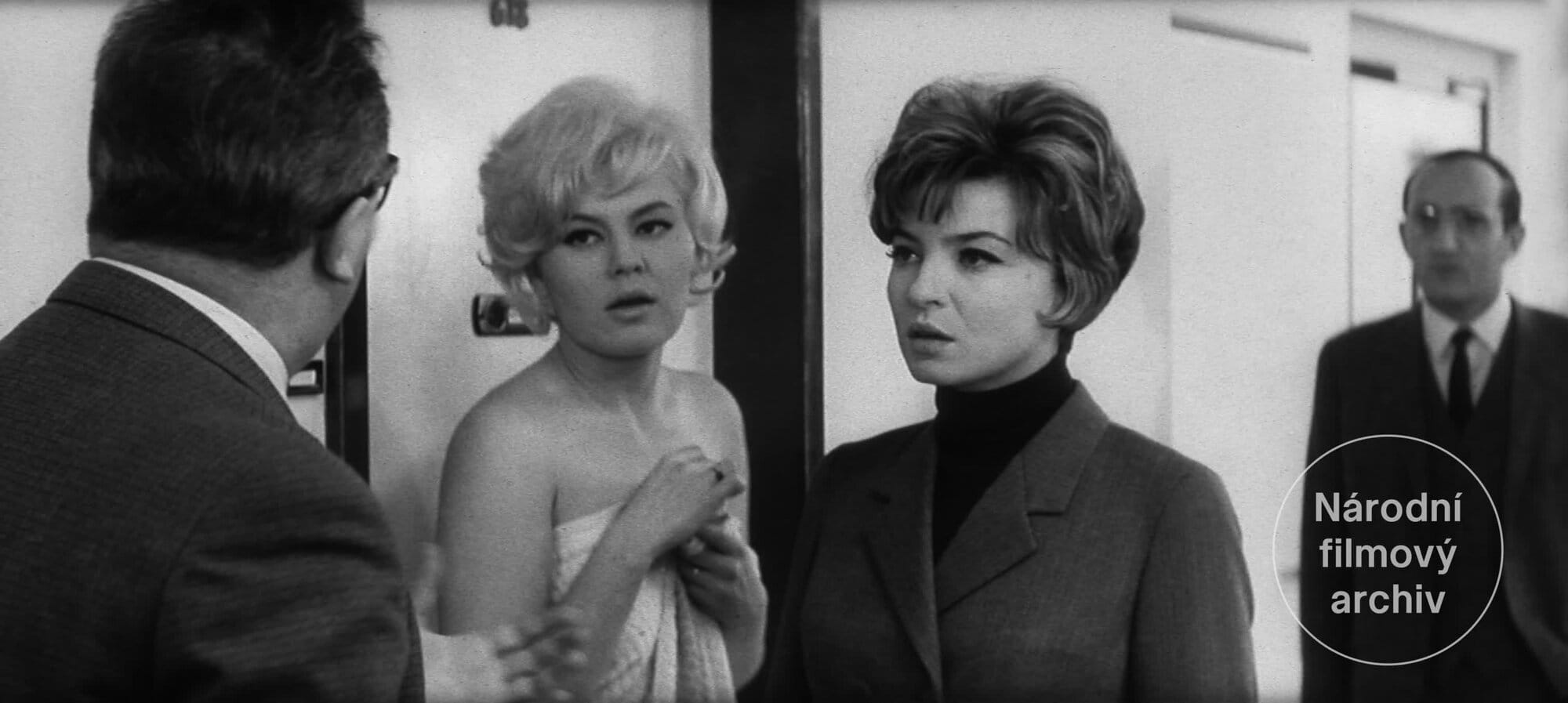
Regardless of its underlying message, the format was popular among audiences, and Hollywood was interested in making more films using the “decision cinema” concept. Unfortunately, the format was appreciated much more overseas than in its home country. The film was banned in 1972 by the Communist Party of Czechoslovakia for unclear ideological reasons. Being rejected by the Party was essentially the death of Kino-Automat, as explained by Czech cinema operator Ivo Anderle: "Originally at the end of the 60s, all the big Hollywood studios were asking Mr Cincera for Kinoautomat licensing. Unfortunately in the Socialist era this was not possible, it was the property of the state which did not care so much about selling it, so Kinoautomat was not lucky."
A children’s version of decision cinema, consisting of several cartoons, was also shown intermittently in the Kino-Automat theater.(18) In this case, the choices were spelled out as “good” or “bad” and the moderators were dressed as clowns. They were played by Fort Wright College students Jack Jensen and Bill Murphy.
You can watch the trailer for Kinoautomat here. As far as I can tell, there is no full version available online, and in recent years it has only been screened in the Czech Republic.
ATTENDANCE
Through closing on Friday night, total attendance was 1,232, 202.(19)
PAVILION/EXHIBIT HIGHLIGHT: THE PHILIPPINES
In honor of Philippine Independence Day, let's check out the Philippines Pavilion at Expo '74!
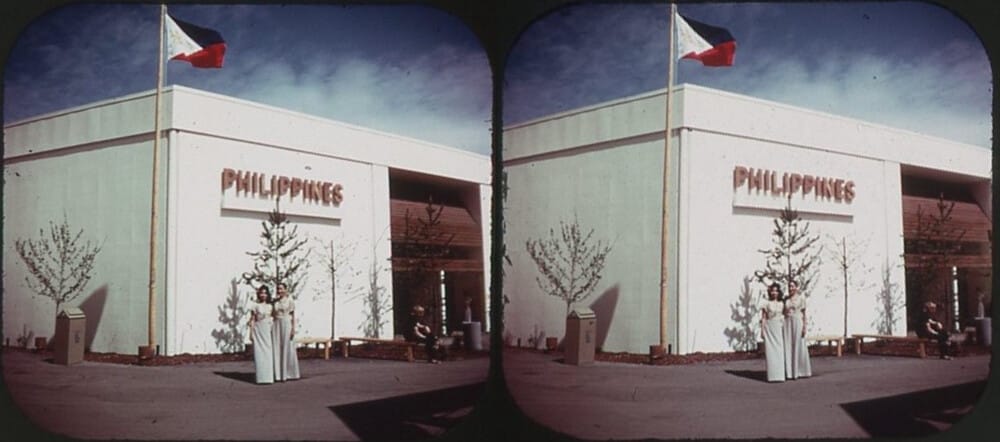
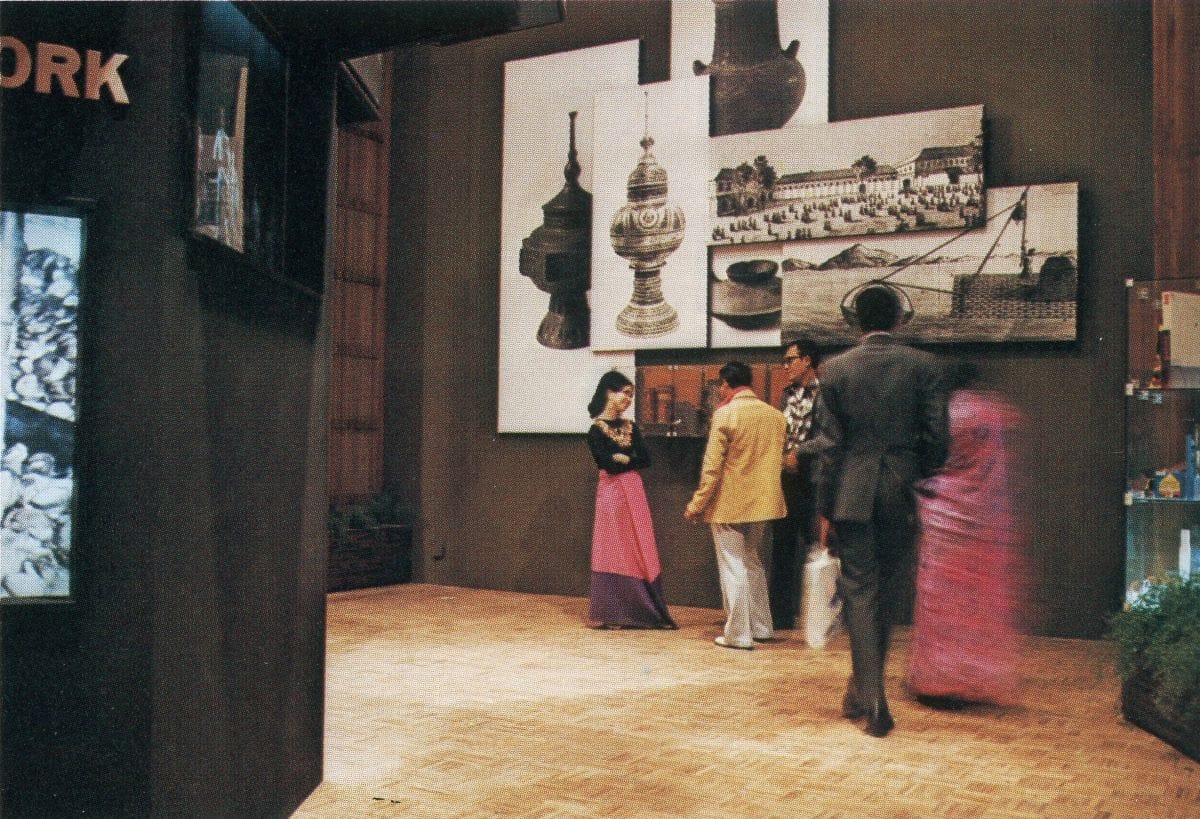
In 1974, the Republic of the Philippines was in turmoil. Two years earlier, President Ferdinand Marcos had initiated a period of martial law and dictatorship that would last until 1986. It was an era marked by human rights abuses, extreme poverty, political and social unrest, and eventual economic collapse. The presidential welcome message alludes obliquely to the situation: “Our country struggles today against great odds to mold itself into a strong and progressive nation. Over the last few years, our efforts have met with some success; but, nonetheless, the work before us remains enormous.”

Outside of this mention, the brochure generally portrays the Philippines of 1974 as a democratic, politically stable, and increasingly prosperous nation. The majority of the brochure focuses on Philippine national history and recent advances in its infrastructure, such as bridges and expressways. The economic story is central, and only a handful of photos and captions tie into the environmental theme of the fair. In some cases, it seems as though standard economic development/infrastructure photos were used and the environmental spin of the caption was added later. The results are not particularly instructive:
- “The National Steel Corporation, just outside Iligan City, spews out factory waste from its furnace. More of these wastes would mean more pollution.”
- “Industries such as the Mabuhay Vinyl Corporation need devices to control the toxic gases and other pollutants from their factories to maintain reasonable quality standards of atmosphere.”

If Australia was interested in recruiting new citizens, the Philippines was interested in recruiting new trading partners. The theme of the Philippines Pavilion overall was "Unity of Man and Nature, Man and His Work."(20)
The main theme of "Unity of Man and Nature" was projected in a big audio visual room through 18 projectors showing all aspects of the Philippine way of life. With the help of a computerized programmer, the viewers received a glimpse of the panoramic sweep of Philippine wonders.
The second theme of the Pavilion, "Unity of Man and his Work" deal with the industrial aspects of the country in relation to infrastructure, tourism, dollar-earning industry and anti-pollution measures undertaken by the government, as well as aspects of Philippine life, art and culture. The presentation was made through a series of projectors and colored slides shown continuously through six sides of a tall hexagonal column.
In addition, a great portion of the exhibition featured huge photo-montages reflecting the overall theme, which showed the "Unity of Man, Machines and Environment."
And finally, the last portion of the exhibit was a display of Philippine products ranging from handicrafts to industrial goods.
A colorful natural resource of the Philippines added an authentic flavor to the exhibit with fifteen young men and women performing their national folk dances in beautiful costumes eight times weekly.

The Philippines Pavilion shared a building with the West German Pavilion and was less than 5,000 feet square. Nonetheless, this nation's presentation at Expo '74 was well-executed and made a favorable impression on visitors. The BIE only seems to count the Fifth Republic (1986-present) Philippines when listing their fair participation, but before Expo '74, the nation had also exhibited at the 1964 fair in New York and the 1962 fair in Seattle.(21)
SOUVENIR OF THE WEEK
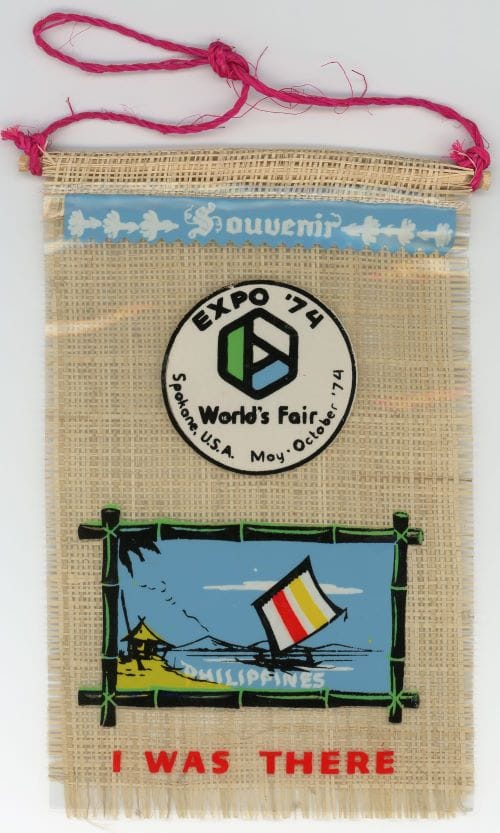
Until next time!
Past Topics:
References and Footnotes
(1) "Folklife Festival Relives Ranching." (June 11, 1974). Spokesman-Review, p. 36. Via Newspapers.com: https://www.newspapers.com/article/the-spokesman-review-folklife-festival-r/148938116/
(2) Deichsel, Laura. (June 16, 1974). "Fairgoers 'Playing It Cool.'" Spokesman-Review, p. 6. Via Newspapers.com: https://www.newspapers.com/article/the-spokesman-review-fairgoers-playing/148970242/
(3) "Heat Poses Expo Problem." (June 12, 1974). Spokane Chronicle, p. 10. Via Newspapers.com: https://www.newspapers.com/article/spokane-chronicle-heat-poses-expo-proble/148938691/
(4) "Umatillas, Piegans In Expo Spotlight." (June 13, 1974). Spokesman-Review, p. 10. Via Newspapers.com: https://www.newspapers.com/article/the-spokesman-review-umatillas-piegans/148938884/
(5) "Nuptials By River." (June 9, 1974). Spokesman-Review, p. 14. Via Newspapers.com: https://www.newspapers.com/article/the-spokesman-review-nuptials-by-river/148936351/
(6) "North Dakota Advertised." (June 9, 1974). Spokesman-Review, p. 24. Via Newspapers.com: https://www.newspapers.com/article/the-spokesman-review-north-dakota-advert/148936630/
(7) "Expo Today - American Samoa Spectacular Highlight of Celebration." (June 9, 1974). Spokesman-Review, p. 6. Via Newspapers.com: https://www.newspapers.com/article/the-spokesman-review-american-samoa-spec/148936417/
(8) "Rubber Raft Sinks." (June 11, 1974). Spokane Chronicle, p. 23. Via Newspapers.com: https://www.newspapers.com/article/spokane-chronicle-rubber-raft-sinks/148937467/
(9) "Coast Bicyclists Arrive At Expo." (June 12, 1974). Spokane Chronicle, p. 23. Via Newspapers.com: https://www.newspapers.com/article/spokane-chronicle-coast-bicyclists-arriv/148938642/
(10) "Expo Says Don't Loan Pass." (June 12, 1974). Spokesman-Review, p. 12. Via Newspapers.com: https://www.newspapers.com/article/the-spokesman-review-expo-says-dont-loa/148938752/
(11) "Trail To Expo." (June 13, 1974). Spokesman-Review, p. 8. Via Newspapers.com: https://www.newspapers.com/article/the-spokesman-review-trail-to-expo/148938949/
(12) "Canadian City Comes En Masse." (June 14, 1974). Spokesman-Review, p. 5. Via Newspapers.com: https://www.newspapers.com/article/the-spokesman-review-canadian-city-comes/149041861/
(13) "Expo Sets Celebration For Pacific Rim Countries." (June 13, 1974). Spokesman-Review, p. 8. Via Newspapers.com: https://www.newspapers.com/article/the-spokesman-review-expo-sets-celebrati/149040273/
(14) "Indian Store In Old Mill Opens Today." (June 13, 1974). Spokesman-Review, p. 22. Via Newspapers.com: https://www.newspapers.com/article/the-spokesman-review-indian-store-in-old/148939211/
(15) Powers, Dorothy R. (June 13, 1974). "Filipinos' Day Is Celebrated." Spokesman-Review, p. 6. Via Newspapers.com: https://www.newspapers.com/article/the-spokesman-review-filipinos-day-is-c/148939256/
(16) "Don't Go Scratching Your Ear." (June 13, 1974). Spokesman-Review, p. 8. Via Newspapers.com: https://www.newspapers.com/article/the-spokesman-review-dont-go-scratching/148938926/
(17) "Czechs Active In Expo." (May 3, 1974). Spokane Chronicle, p. 16. Via Newspapers.com: https://www.newspapers.com/article/spokane-chronicle-czechs-active-in-expo/141700647/
(18) Applegate, Joan. (May 21, 1974). "Children Decide 'Good' or 'Bad.'" Spokesman-Review, p. 29. Via Newspapers.com: https://www.newspapers.com/article/the-spokesman-review-children-decide-go/141701598/
(19) "Expo Today - Fair's Timetable." (June 16, 1974). Spokesman-Review, p. 1. Via Newspapers.com: https://www.newspapers.com/article/the-spokesman-review-expo-today-fairs/149046382/
(20) Bowers, Dawn. (1974) Expo '74 World's Fair Spokane. Expo 74 Corporation, Spokane.
(21) I should also note that the 1904 world's fair in St. Louis featured a significant Filipino presence - however, that was an exhibit that was showing off the new territorial acquisition that the U.S. had claimed only a few years earlier. The exhibit that resulted was not what the people of the Philippines would have put together on their own behalf, to say the least. The legacy of that exhibit is something that is still being unpacked to this day.

